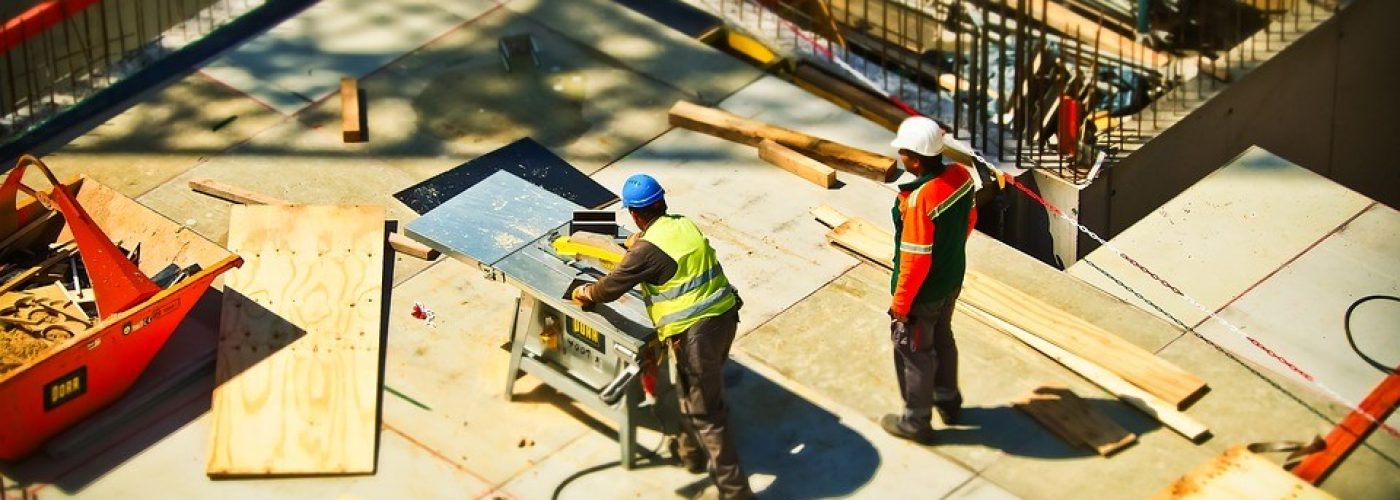Within the UK, the construction sector loses £400 million per year on average due to theft of site equipment and other crimes. According to research into construction site crime held by the Chartered Institute of Building (CIOB), around 92% of site managers report facing issues with theft on a weekly, monthly or yearly basis.
Theft within construction is, therefore, a continuing problem, and smart site managers should be trying their best to address the issues and put the correct preventative measures in place to protect high-value plant and equipment.
More often than not, theft is an opportunistic crime, which is why it is frequently carried out by onsite staff. Here, Millennium Security discusses several ways in which employee theft on construction sites can be minimised.
- Check certifications thoroughly
Certified staff should be the only people able to work on a construction site, both for health and safety and security purposes. Carrying out frequent, full background checks will help ensure that every member of staff, contractor and supplier entering the premises has the correct accreditations to do so. Issuing smart CSCS cards guarantees that access is granted only to certified employees, and is an industry-recognised certification scheme within the construction sector.
For added security purposes, many site managers choose to hire manned guards to watch over the site 24/7. If doing so, it is important to ensure they are correctly certified by the industry-known Security Industry Authority (SIA), which means they have been through proper training and can guard a site to the necessary standard.
- Report crimes promptly
If a theft has taken place, it must be reported to the authorities as soon as possible, since the likelihood of finding stolen goods is higher when reported quickly. Moreover, reporting a theft is usually an obligatory step in the insurance claims process.
- Mark high-value plant and equipment
Unsurprisingly, the recovery stats for stolen equipment are particularly low, and this is especially true where equipment is not easily identifiable.
Characteristic values, therefore, enable police to better identify stolen goods. Marking equipment, noting down serial numbers and creating an on-site inventory, are all sensible ways to help identify and account for valuable tools and machinery.
Moreover, there is now a central database which is run by the Construction Equipment and Registration Scheme (CESAR) and encourages site managers to tag all equipment and add it to the database, allowing for easier recovery when goods are stolen.
By having identifiable features on all high-value equipment, you may also dissuade light-fingered employees from attempting to steal goods, as they may fear being caught.
- Restrict and monitor access
Monitoring who is physically entering a construction site at all hours of the day is important, as it safeguards against unauthorised people gaining access. Manual checks can be time consuming and are often inefficient, particularly on large sites with a significant number of people coming in and out.
As such, many site owners have now started investing in modern access control systems, which ensure that only the people who have authority to enter a site can do so. These systems are very advanced and also log how long a member of staff has remained on site, as well as whether a person is using an expired or fake CSCS card to try to enter.
Other security systems which can be used to monitor staff access are CCTV and wireless video detection, both of which help maximise security and can assist in identifying crimes rapidly.





